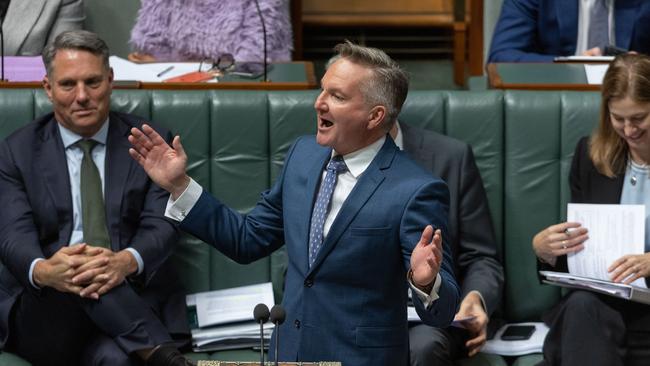
Bowen told the National Press Club in December 2021 that by 2030 thousands of Australians will be employed exporting renewable energy to Asia, via submarine cables and shipping deep-frozen green hydrogen offshore.
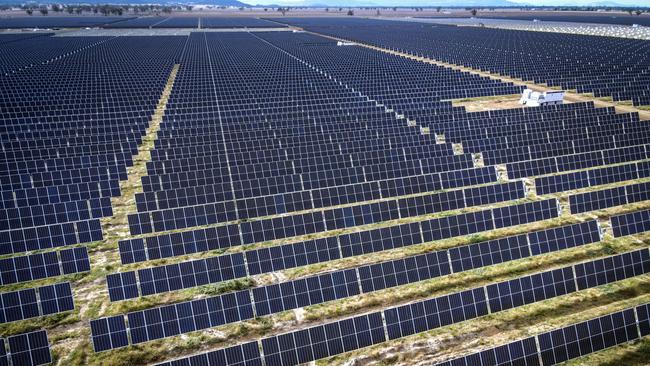
Green hydrogen is to renewable energy enthusiasts what gold was to ancient alchemists: the universal panacea that frees the human soul from disease and corruptibility and transports it to a perfect and everlasting state. They believe it holds the key to turning dilute, fickle sources of energy, such as solar and wind, into something vaguely useful.
That is the view of Andrew Forrest, a miner turned born-again renewable energy entrepreneur. Forrest’s company, Squadron Energy, is Australia’s biggest player in weather-dependent renewable energy. He is on record as predicting that renewables could squeeze coal out of the market by the end of the decade. But the real breakthrough will come with the development of green hydrogen, which, he claims, is Australia’s greatest resource.
“To make it, all you need to do is run electricity through water,” he told a Clean Energy Council summit in 2021. Water is the easy part. Generating the eye-watering quantity of electricity needed is a more formidable challenge.
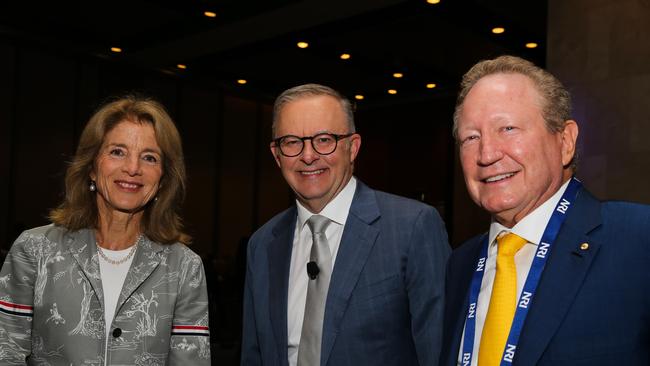
Let’s assume global demand for hydrogen reaches 300Mt by 2050 and that the green energy superpower Australia is going to become produces one-15th of that total, as an influential Deloitte report suggests is possible. That would require about 900TW of electricity, which is roughly 3½ times Australia’s current annual output. The absurdity of the numbers sends green hydrogen into dreamy land even before we confront Forrest’s insistence that we do it with two hands tied behind our back.
For Forrest, the only genuinely green electricity is generated by weather-dependent renewable energy. The Minerals Council canvasses carbon capture and storage as an option but Forrest reckons that would be cheating.

Small modular nuclear reactors are out of the question too. “I just don’t think it’s necessary,” Forrest told Sky News last year. “When you’ve looked at all the renewable energy that we in Australia and the world (have), we have so many thousands of times more energy, which is fully renewable, which uranium isn’t.”
Yet no amount of Forrest’s spin can overcome the iron law of energy density. Coal requires 25 square metres to generate a megawatt of electricity. A modern small modular nuclear reactor requires less than one square metre. A wind turbine plant typically requires more than 2000 square metres per megawatt, which means that even in a country as vast as Australia, the supply of available land is quickly exhausted.
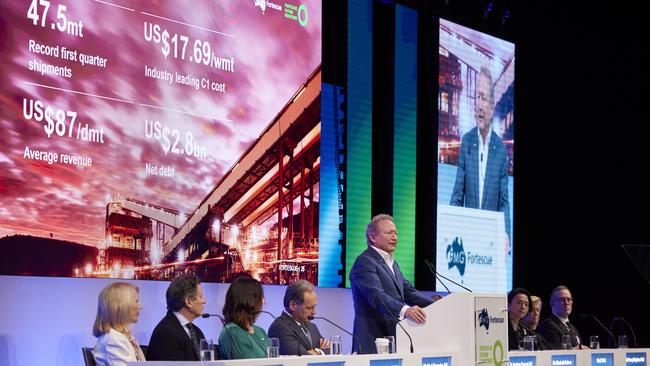
In Queensland, where Squadron Energy is investing billions of dollars, wind and solar developments are being pushed beyond the boundaries of farmland into native scrub. In a rational world, Apple’s announcement last week that it was pulling out of a deal to purchase energy from Squadron’s proposed wind plant in the Upper Burdekin would be the beginning of the end for unreliable renewables.
An environmental assessment, released in December, found that 769 hectares of koala habit would be destroyed if the development goes ahead. It would involve the clearance of 662ha of Sharman’s rock wallaby habitat, 709ha of greater glider habitat and 754ha of habit that provides sanctuary for the red goshawk.
That a wind turbine development should even be considered on such a sensitive site shows how desperate the sector has become. Pushing renewables in such far-flung territory adds considerably to the cost. It requires wide roads to be cut through hillsides and the bulldozing of native tree, plus extra transmission lines.
The sheer weight of minerals needed for the construction of wind and solar plants brings other challenges, as Siemens Energy chief executive Christian Bruch acknowledged. “Never forget, renewables like wind roughly need 10 times the material (compared to) what conventional technologies need,” he said. “If you have problems on the supply chain, it hits wind extremely hard.”
Squadron’s Upper Burdekin development was already looking less profitable after it was forced to reduce the number of turbines from 139 to 80. Add to that the opprobrium foisted upon it by Apple’s withdrawal and the project looks to be in trouble. The kind of hydrogen Forrest is proposing is only green in the sense that it is technologically unripe.
Current international demand is so low as to be effectively non-existent compared to our exports of natural gas and coal. If international demand starts to accelerate, what’s to stop others cornering the market? The competitive advantage will belong to the jurisdiction with the cheapest electricity, and that’s not going to be Australia.
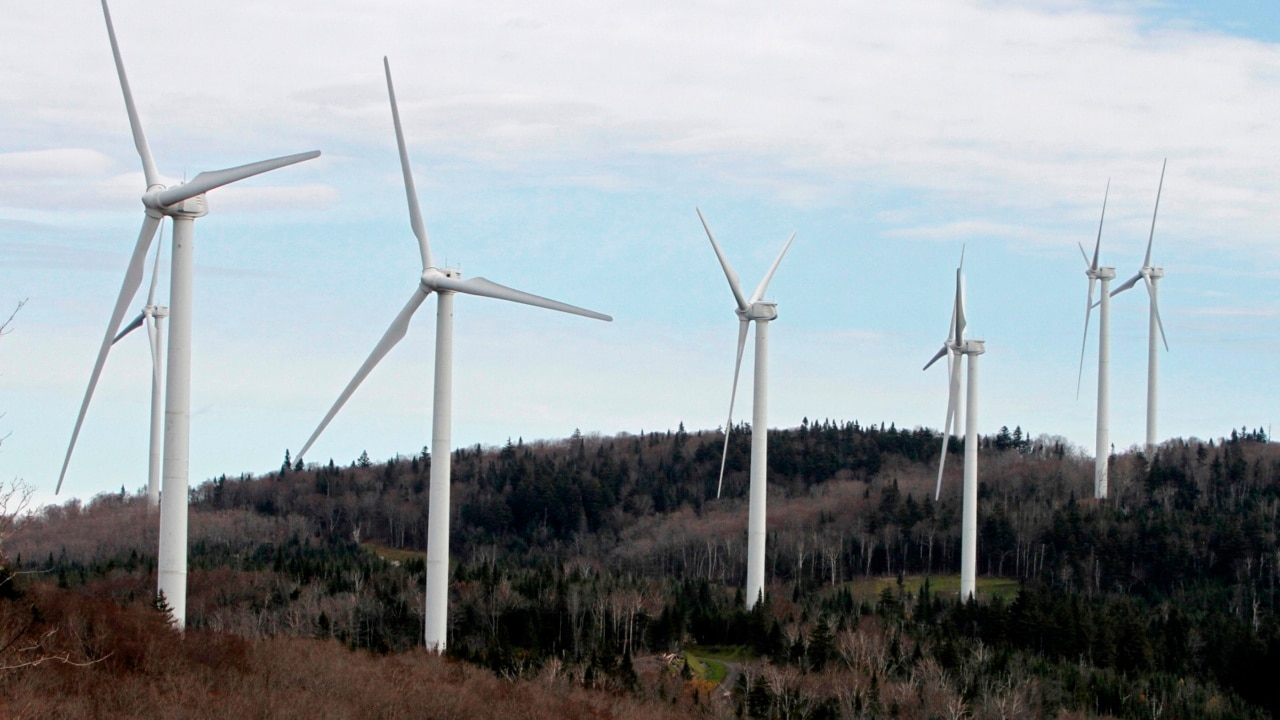
It’s little wonder that many with an eye on the capital markets are wondering if green hydrogen will ever get off the ground. In February, a meeting of federal, state and territory industry ministers called for the 2019 green hydrogen strategy to be “revised and refreshed” in the light of international developments.
President Joe Biden’s absurdly misnamed Inflation Reduction Act offers $US580bn of incentives for green innovation. Guy Debelle, a former Reserve Bank deputy governor, warned that Australia is at risk of being left behind by countries with generous subsidies, lower renewable energy costs and closer access to major industrial markets. He said the government would have to devote at least $15bn in public funds to counter a global hydrogen “subsidy arms race”.
A head somewhat cooler than the one sitting on the shoulders of the federal Energy Minister might conclude that this isn’t a fight Australia needs to be in. It would be better to focus our attention on the green economy games we can win; lithium, for example, where we are the world’s largest exporter; rare earths, where we’re the world’s second-largest producer; or cobalt, where we rank third.
Arriving at that conclusion, however, requires clear strategic thinking, indifferent to headlines and uncontaminated by hype. Policy formation in the 24-hour media cycle rarely happens that way.
Nick Cater is senior fellow at the Menzies Research Centre



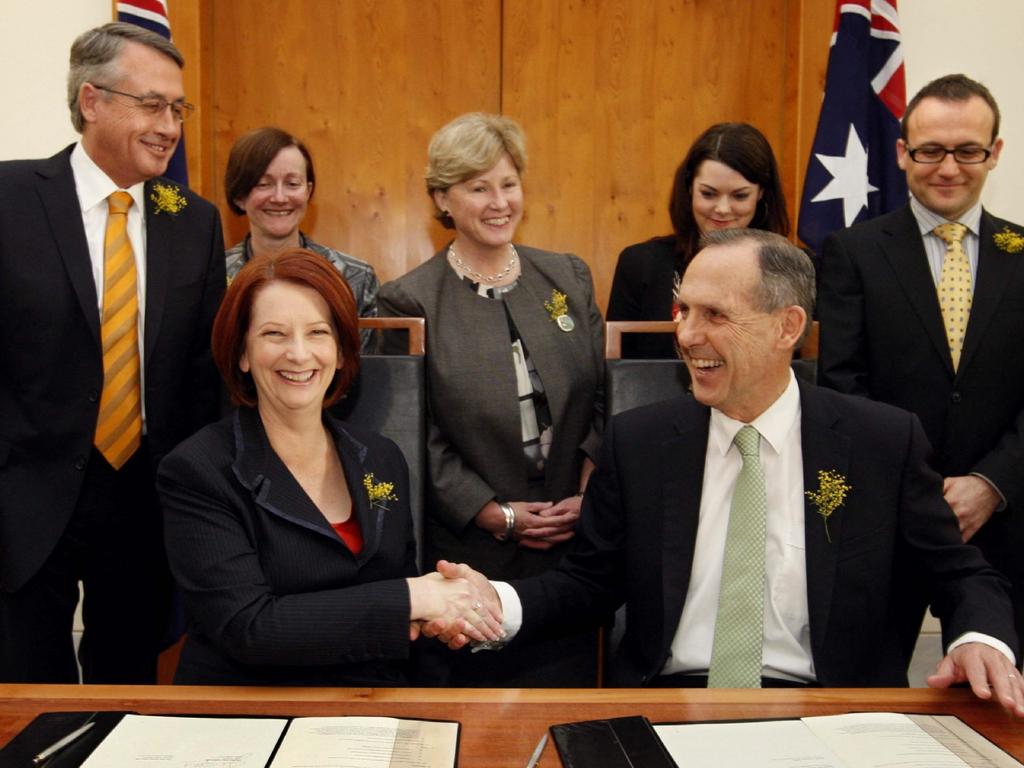




Whatever plagues Chris Bowen’s mind it is clearly not self-doubt. So it is not unreasonable to assume he stands by his prediction that Australia will be a renewable energy superpower in seven years’ time.